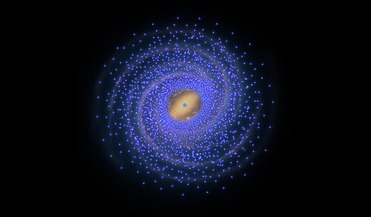 02 August 2016
Astronomers detect large void in the centre of our Galaxy
02 August 2016
Astronomers detect large void in the centre of our Galaxy
... Milky Way instead. Nevertheless, finding Cepheids within the inner realm of our own galaxy is notoriously difficult, as interstellar dust blocks out a lot of the visible light, thus hiding stars from view. This problem can...
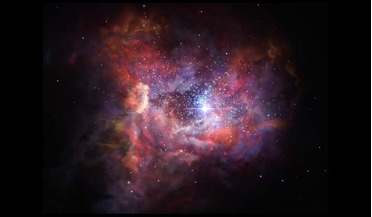 08 March 2017
The most distant galaxy yet observed by ALMA gives insight into first stars
08 March 2017
The most distant galaxy yet observed by ALMA gives insight into first stars
... appears to us as it was when the Universe was only 600 million years old, and it is populated with an abundance of interstellar dust mainly composed of silicon, carbon and aluminium. The dust grains are as small as a millionth of a centimetre across...
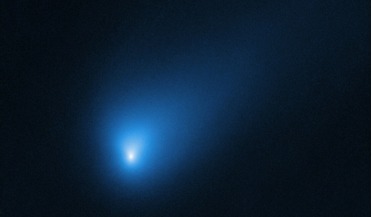 17 October 2019
Hubble gets a good look at interstellar visitor Comet 2I/Borisov
17 October 2019
Hubble gets a good look at interstellar visitor Comet 2I/Borisov
On 12 October 2019, the NASA/ESA Hubble Space Telescope provided astronomers with their best look yet at an interstellar visitor — Comet 2I/Borisov — which is believed to have arrived here from another planetary system elsewhere in our galaxy. ...
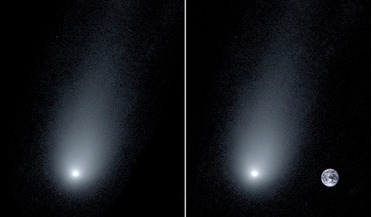 28 November 2019
New close-up view of interstellar visitor comet 2l/Borisov
28 November 2019
New close-up view of interstellar visitor comet 2l/Borisov
... — in early December. Researchers believe the comet formed in a solar system beyond ours and was ejected into interstellar space as a consequence of a near-collision with a planet in its original solar system. Yale astronomers Pieter van Dokkum...
 13 September 2019
Newly discovered comet could be our second interstellar visitor
13 September 2019
Newly discovered comet could be our second interstellar visitor
... can be described as hyperbolic. This highly eccentric/hyperbolic orbit is what gives C/2019 Q4 (Borisov) away as being a would-be interstellar visitor rather than a local inhabitant of the Solar System knocked off its course. So far, the visitor...
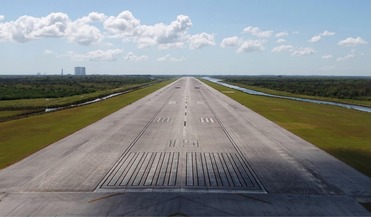 April 2020
Space Florida - gateway to an interstellar future
April 2020
Space Florida - gateway to an interstellar future
...aerospace industry and has the goal to become an essential interstellar trade port and global leader in enabling space commerce. ... industry and has the goal to become an essential interstellar trade port and global leader in enabling space commerce ...